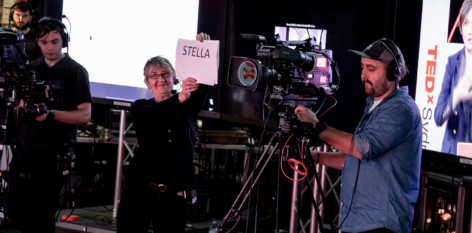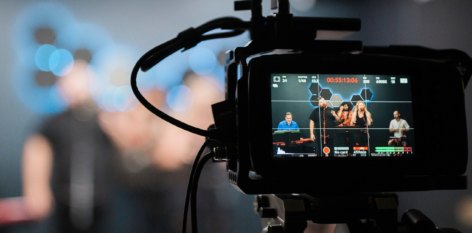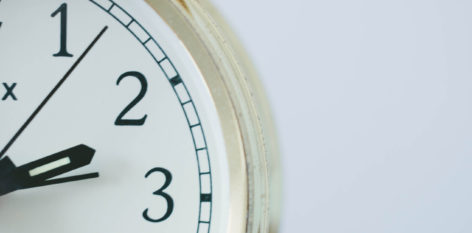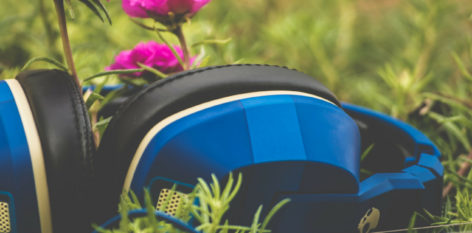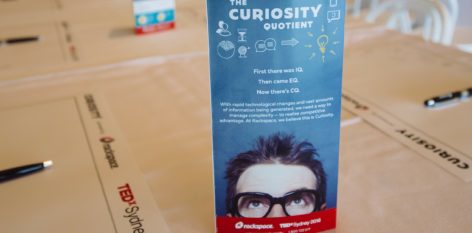Do you say what you meme? No that’s not a typo, I really mean “meme”. In our modern world, full of smartphones and social media, we’re communicating at the speed of lightning, and the meme is our preferred way of connecting.
So why MEMEs?
In a world full of distractions, we’re fighting for space with attention spans that continue to shrink across generations. The mantra of our generation might as well be “Get to the point already”. So the power of an emotive visual matched with simple words is how Memes are winning our attention.
A Meme (or GIF) instantly communicates what you mean, whether it’s to make a joke, a point or a connection with somebody. Images are a universal language, and according to the Visual Teaching Alliance:
- We can get the sense of a visual scene in less than 1/10 of a second
- 90% of information transmitted to the brain is visual
- Visuals are processed 60,000 x faster in the brain than text
Going a step further “Our brains are set up in such a way that visual stimuli and emotional response is easily linked, and together the two form memories.”
Think back to the memes you’ve shared to express how you felt about something. The fist pump baby when you achieved something, or the grumpy cat when you didn’t. Memes liberate you to communicate how you really feel, using tongue in cheek humour and emotion as a shortcut instead of writing it out fully.
The history of Memes
Richard Dawkins coined the word “meme” in his 1976 bestseller The Selfish Gene. Meme also comes from Greek mimēma ‘that which is imitated’, Oxford Dictionary
When asked how he felt about his word being reappropriated by the internet, he stated
“The meaning is not that far away from the original. It’s anything that goes viral… I did actually use the metaphor of a virus. So when anybody talks about something going viral on the internet, that is exactly what a Meme is.”
From one of the first Memes, I Can Has Cheezburger in 2007 to the more recent #salt bae in 2017. Memes are here to stay.

It’s amazing how an image can resonate with so many people, across cultures and be reappropriated in so many different ways. You only have to search for “Grumpy Cat”, the sheer scale of the number of images and text combinations is impressive.
Are Memes an authentic means of connection?
Memes aren’t Shakespeare, but by exploring the evolution of language we can take a deeper look into how modern communication affects how we connect as humans.
Are Memes dumbing down how we communicate with each other to the lowest common denominator? Or in the age of technology are we feeling as unconnected as ever, and by using Memes we find a way to reach across the chasm to connect and make someone else feel what you feel?
There is disbelief in online connectivity, but our phones give us a voice. In her 2016 TEDxSydney Talk, Bridianne O’Dea asks, Is your Phone Bad for your Mental Health? But existing in an entirely digital world, we can use technology to improve our mental health, by their ability to connect us to what we need.
In my humble opinion Memes are an authentic means of connection and while not fine art or prose they have their own special place.
What does that mean for how we connect in the future?
Humans have been talking via computers for 50 years now, but we’ve been communicating with images for 40,000 years. Technology has connected us 24/7, sometimes to the exclusion of interactions IRL(in real life).
In her 2015 TEDxSydney talk Beyond Screens by Tea Uglow talks about what the Internet and communicating without screens could look like. How we’re not addicted to our devices, but the information that flows through them. Memes are part of that information.
What would life be like without Memes? The internet would be a lot less vibrant, that’s for sure. We reach out, empathise and connect using them uplift and entertain each other.
So go ahead, say what you Meme, why not add to the fabric of human connectedness: https://imgflip.com/memegenerator


